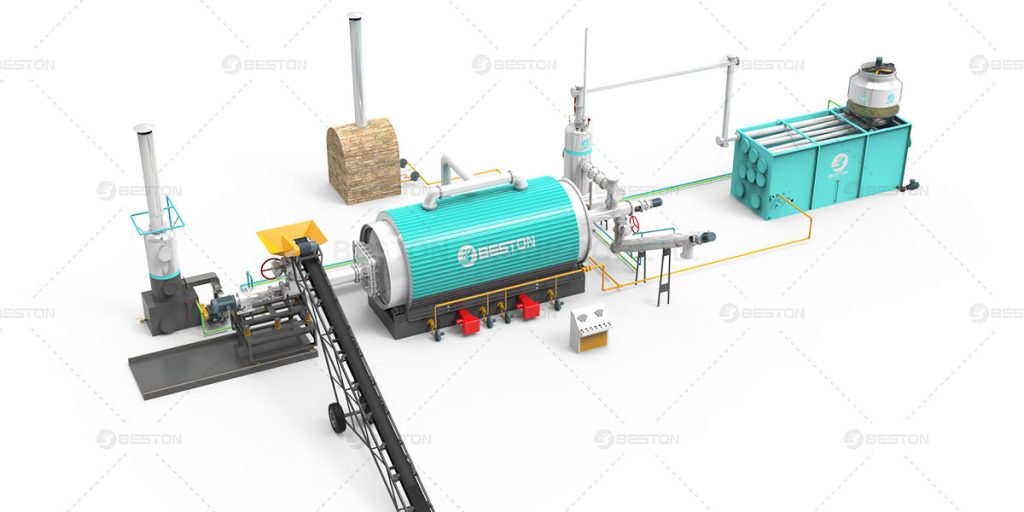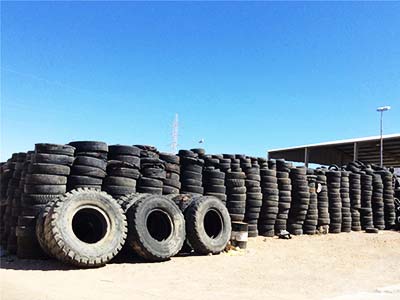Tire pyrolysis, the process of thermally decomposing waste tires to produce valuable products such as oil, carbon black, and steel, has garnered significant attention as a potential solution to the environmental challenges posed by tire waste. In this blog post, we will delve into the global conditions surrounding tire pyrolysis, examining its current status, challenges, opportunities, and future prospects.
The Global Landscape of Tire Waste
Tire waste is a global concern, with millions of tons of end-of-life tires being generated annually. Improper disposal of tires poses significant environmental and health risks, including air and water pollution, habitat destruction, and the proliferation of disease-carrying vectors such as mosquitoes. Furthermore, tire stockpiles and illegal dumping sites mar landscapes around the world, presenting fire hazards and serving as breeding grounds for pests. More information on tyre pyrolysis plant here.

The Promise of Tire Pyrolysis
Tire pyrolysis offers a promising solution to the tire waste problem by converting discarded tires into valuable commodities. The process typically involves heating tires in the absence of oxygen to break down their organic components into oil, gas, and char. These products can be used as fuels, additives, or raw materials in various industries, offering economic value while mitigating environmental harm.
Current Conditions and Challenges
Despite its potential benefits, tire pyrolysis faces several challenges on a global scale. One of the primary obstacles is the lack of standardized regulations and enforcement mechanisms for tire pyrolysis operations. In many regions, lax environmental regulations and inadequate oversight have led to the proliferation of unscrupulous operators who prioritize profit over safety and sustainability, resulting in environmental pollution and public health hazards. Get pyrolysis plant cost here.
Additionally, the economics of tire pyrolysis can be challenging, particularly in regions where the market for pyrolysis products is underdeveloped or volatile. The initial investment costs for pyrolysis plants, as well as the operating expenses associated with feedstock collection, processing, and product distribution, can be significant barriers to entry for prospective investors. Furthermore, fluctuations in oil prices and competition from cheap fossil fuels can affect the profitability of tire-derived products, making it difficult for pyrolysis operators to achieve long-term viability.
Opportunities for Growth and Innovation
Despite these challenges, there are opportunities for growth and innovation in the tire pyrolysis sector. As awareness of environmental issues continues to grow, governments, businesses, and consumers are increasingly seeking sustainable alternatives to traditional waste disposal methods. This shift in mindset presents an opportunity for tire pyrolysis operators to capitalize on growing demand for environmentally-friendly solutions and to position themselves as leaders in the circular economy. Get high quality pyrolysis machine for sale here.
Furthermore, advancements in technology and process optimization are driving improvements in the efficiency and environmental performance of tire pyrolysis operations. Innovations such as enhanced reactor designs, catalysts, and process control systems are enabling pyrolysis plants to achieve higher yields of high-quality products while minimizing emissions and energy consumption. Additionally, research into novel applications for tire-derived products, such as road construction materials, carbon black additives, and renewable fuels, is expanding the market potential for pyrolysis outputs and creating new revenue streams for operators.

Future Prospects and Conclusion
Looking ahead, tire pyrolysis holds promise as a sustainable and economically viable solution to the global tire waste problem. By converting waste tires into valuable resources, pyrolysis not only mitigates environmental pollution and public health risks but also creates economic opportunities and promotes resource conservation. However, realizing the full potential of tire pyrolysis will require concerted efforts from governments, industry stakeholders, and the public to establish clear regulations, foster innovation, and promote market development. With continued investment, innovation, and collaboration, tire pyrolysis has the potential to play a pivotal role in shaping a more sustainable future for generations to come. More related information from Beston Group.